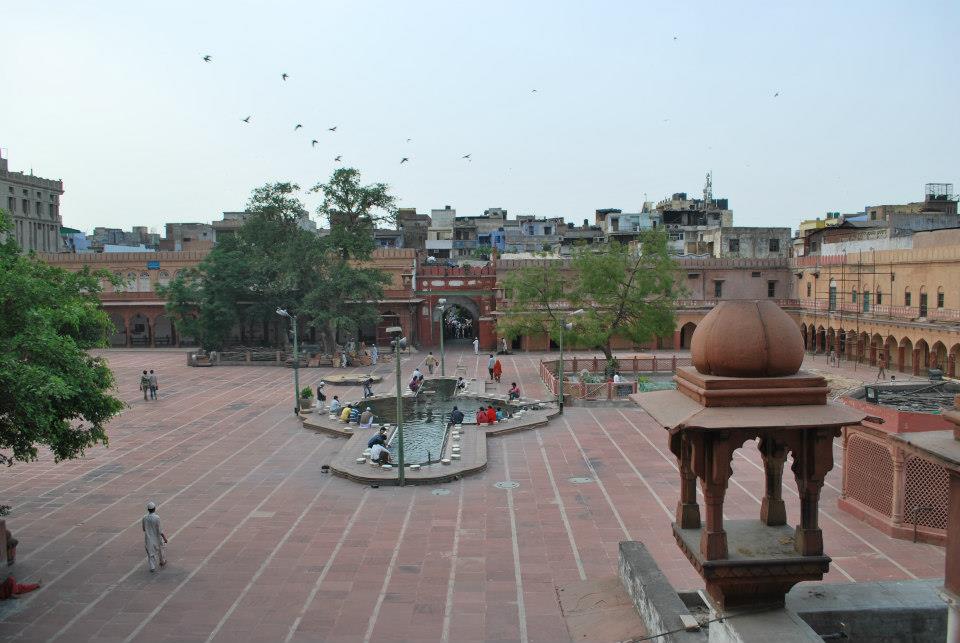Southern Mexico is filled with beaches, pyramid ruins, great food, and great people. One would not expect a flair of Italian to go with it. There are very few towns in Mexico that are Italian-Mexican communities. But the town of Chipilo, which is located in the state of Puebla, is one of those unique towns.

Chipilo, Puebla. Photo Courtesy of Mauricio Espinoza, 2003
I first heard of this town when I visited my grandparents in Puebla City, Puebla. Early in the morning, my grandmother would buy milk from a man – a man who stood out due to his appearance. He was tall, with white skin and blonde hair. Indeed, he stood out in a crowd where the skin color is “normally” brown. I asked my grandmother who the man was and why he looked differently from the other townspeople (keep in mind that I was about 8 or 9 years old at the time). She answered, “He’s a chipileño.” This is what the people from Chipilo are called. It’s been about 10 years since I have been to Mexico, but that memory of the milkman, or chipileño, is still with me.
I wanted to know more about this community, so I decided to use the UIUC library resources to begin my search. According to Gale Virtual Reference, about 3,000 Italian immigrated to Mexico in the 1880’s. About half have since returned to Italy or made their way north, to the United States.
The town of Chipilo, Puebla has a population of around 4,000 people. As stated before, this town is known for their participation in the dairy industry – “Chipilo Brand”, as they call it. It’s been a while since I have been to Mexico, but when I go back, visiting this place will be at the top of my list.
For more information about Chipilo or Puebla City, check out some of the resources we have available. “Conservacion del idioma en una comunidad Italo-Mexicana”, “Biografia de Puebla”, or “The History of Mexico.” For websites regarding this topic, I encourage you to check out “Mi Chipilo”, or “Puebla Historic Center.”
Sources:
McDonald, James H. “Italian Mexicans.” Encyclopedia of World Cultures. Vol. 8: Middle America and the Caribbean. New York: Macmillan Reference USA, 1996. 129-132. Gale Virtual Reference Library. Web. 24 Apr. 2015.







